Costa Rica Wildlife Guide
Costa Rica Wildlife Guide
Costa Rica’s reputation as a veritable Eden precedes it – with its iconic blue morpho butterflies, four species each of monkey and sea turtle, scarlet and great green macaws, two- and three-toed sloths, a rainbow of poison-dart frogs, mysterious tapirs and cute coatis.
Birds
Toucan
Six species of this classic rainforest bird are found in Costa Rica. Huge bills and vibrant plumage make the commonly sighted chestnut-mandibled toucan and keel-billed toucan hard to miss. Listen for the keel-billed’s song: a repetitious ‘carrrick!’
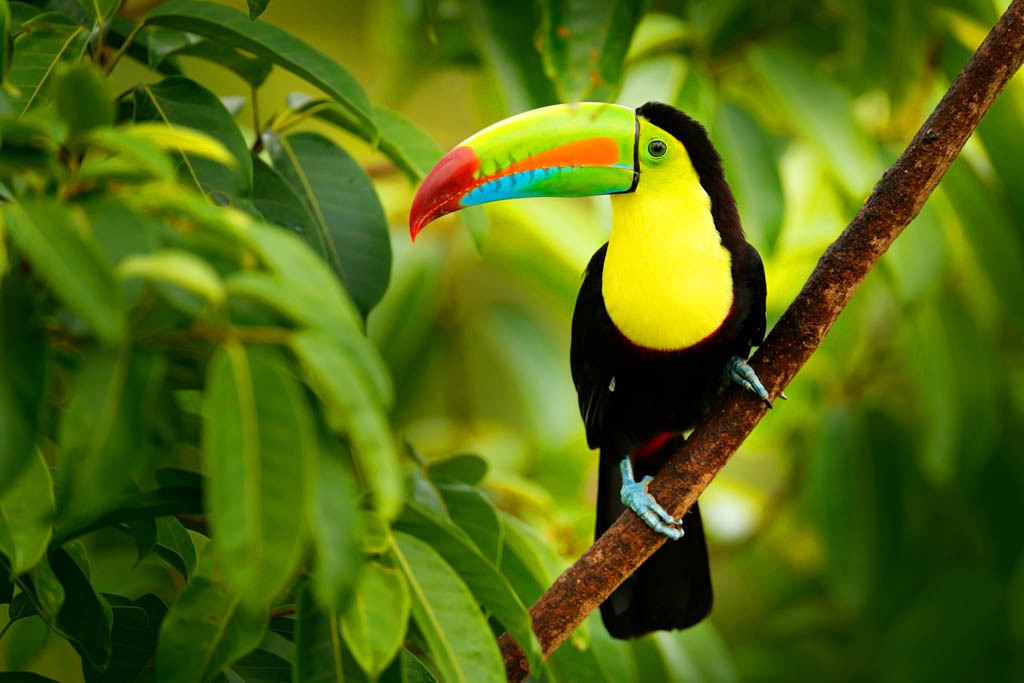
Scarlet Macaw
Of more than a dozen parrot species in Costa Rica, none is as spectacular as the scarlet macaw. Unmistakable for its large size, bright-red body and ear-splitting squawk, it’s common in Parque Nacional Carara and the Península de Osa. Macaws have long, monogamous relationships and can live for 50 years.
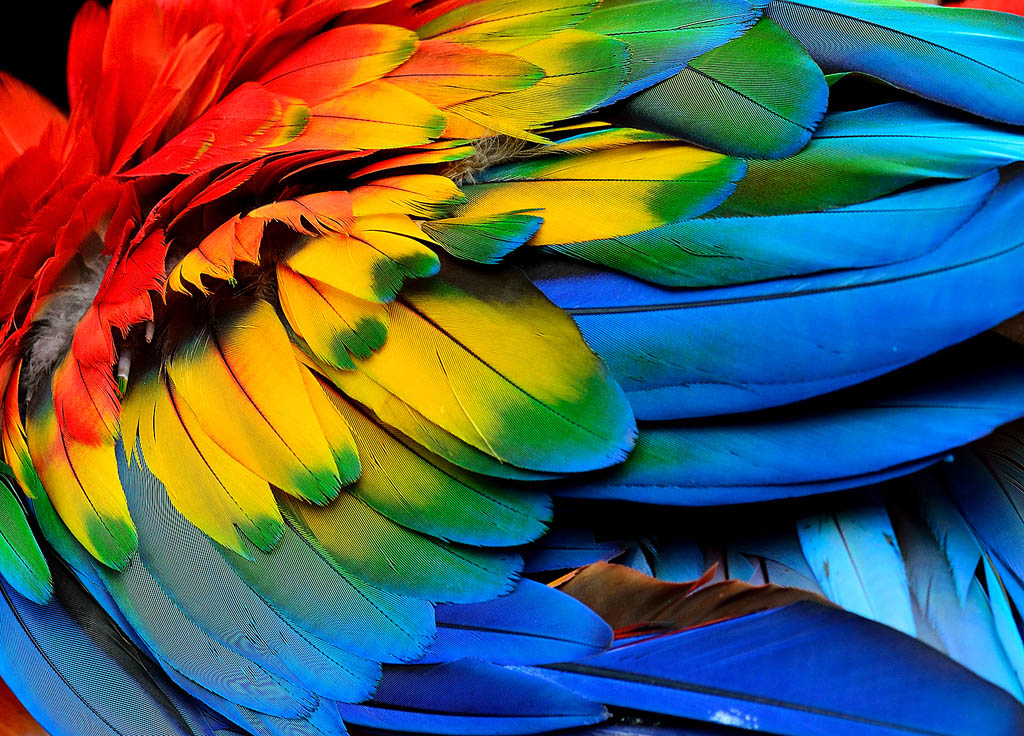
Resplendent Quetzal
The most dazzling bird in Central America, the quetzal once held great ceremonial significance for the Aztecs and the Maya. Look for its iridescent-green body, red breast and long green tail at high elevations and near Parque Nacional Los Quetzales.

Roseate Spoonbill
This wading bird has a white head and a distinctive spoon-shaped bill, and feeds by touch. It’s common around the Península de Nicoya, Pacific lowlands and on the Caribbean side at the Refugio Nacional de Vida Silvestre Caño Negro.
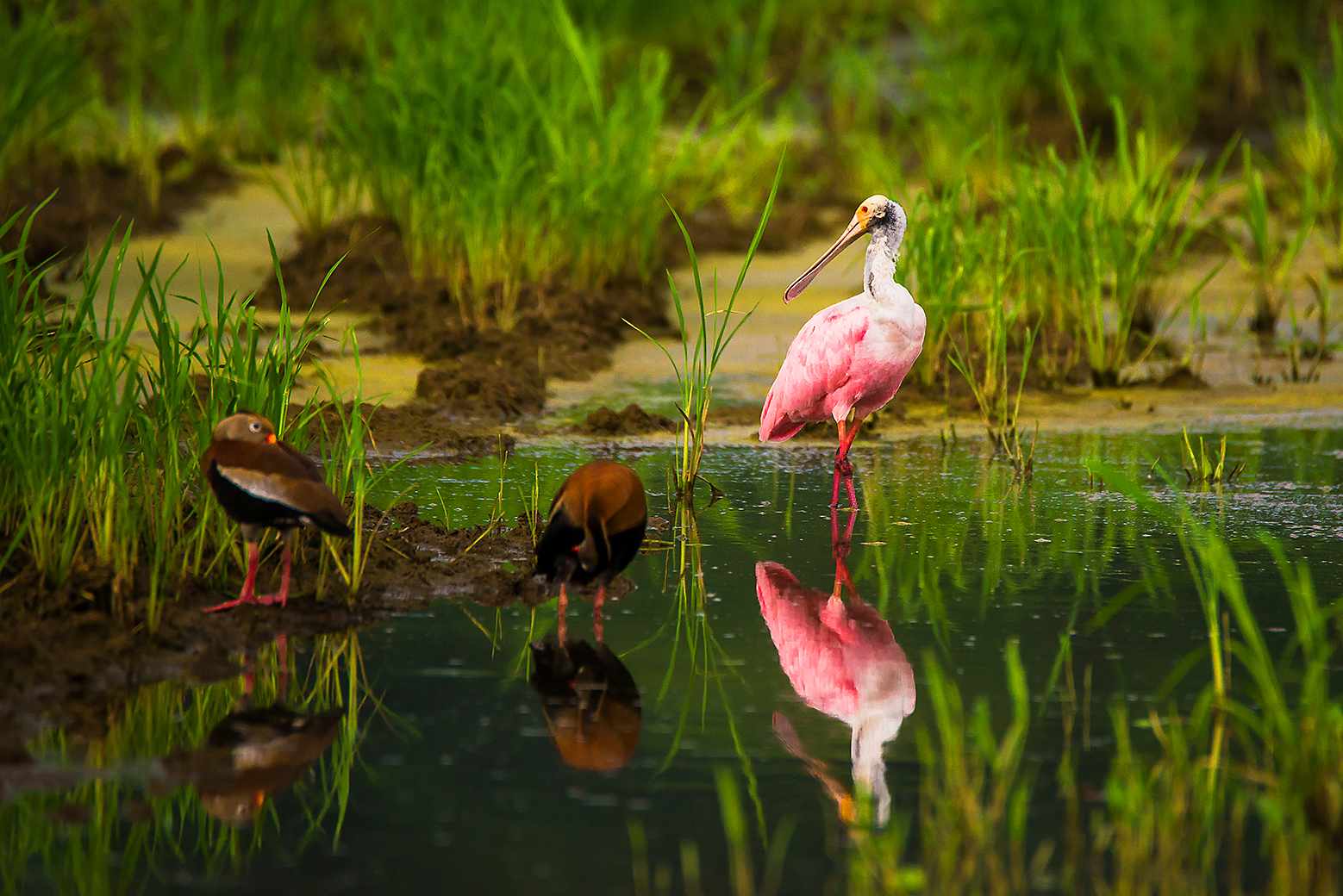
Tanager
There are 42 species of tanager in the country – many are brightly colored and all have bodies about the size of an adult fist. Look for them everywhere except at high elevation. Their common name in Costa Rica is viuda (widow).
Hummingbird
More than 50 species of hummingbird have been recorded – and most live at high elevations. The largest is the violet sabrewing, with a striking violet head and body and dark-green wings.
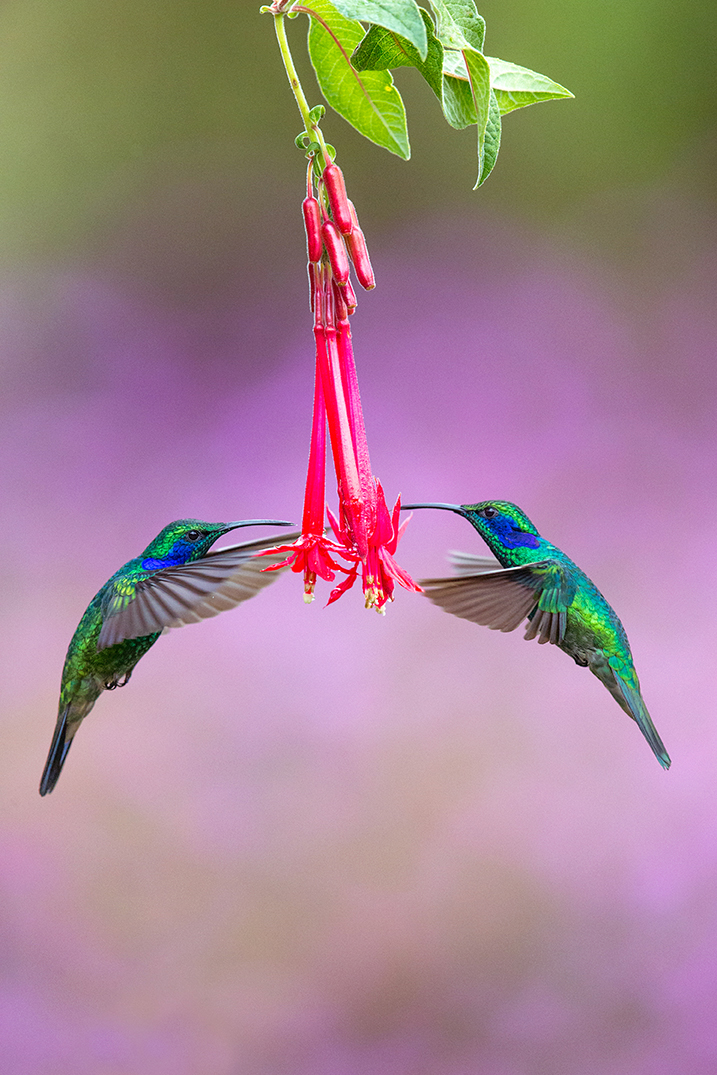
Reptiles & Amphibians
Green Iguana
The stocky green iguana is regularly seen draping its 2m-long body along a branch. Despite their enormous bulk, iguanas are vegetarians, and prefer to eat young shoots and leaves. You’ll see them just about everywhere in Costa Rica – in fact, if you’re driving, beware of iguanas sunning themselves on or skittering across the roads.

Red-eyed Tree Frog
The unofficial symbol of Costa Rica, the red-eyed tree frog has red eyes, a green body, yellow and blue side stripes, and orange feet. Despite this vibrant coloration, they’re well camouflaged in the rainforest and rather difficult to spot. Their presence is widespread apart from on the Península de Nicoya, which is too dry for them. You have a particularly good chance of seeing them at Estación Biológica La Selva.

Poison-dart Frog
Among the several species found in Costa Rica, the blue-jeans or strawberry poison-dart frog is the most commonly spotted, from Arenal to the Caribbean coast. These colorful, wildly patterned frogs’ toxic excretions were once used to poison indigenous arrowheads. The Golfo Dulce poison-dart frog is endemic to Costa Rica.
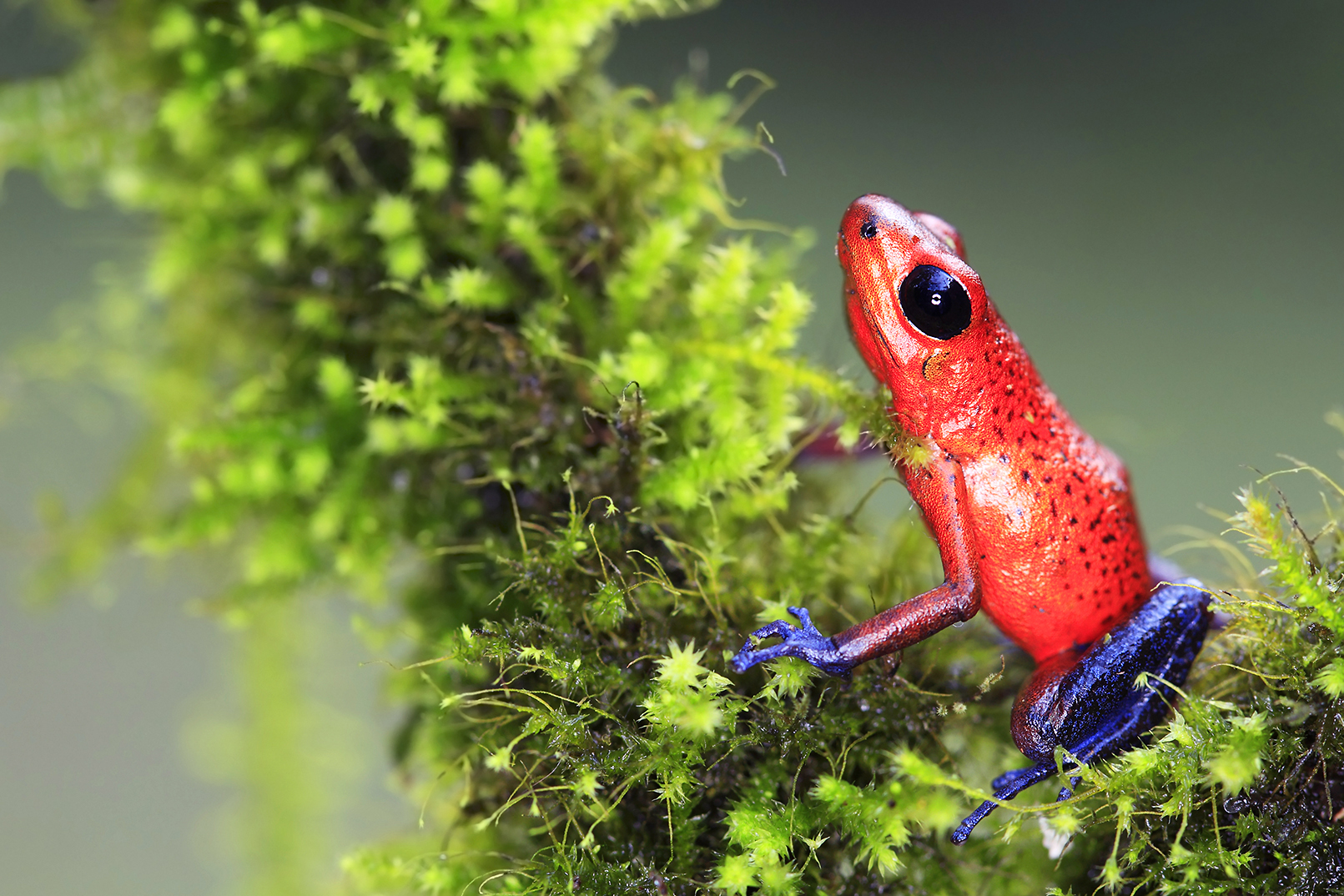
Crocodile
Impressive specimens can be seen from Crocodile Bridge on the central Pacific coast or in a more natural setting on boat trips along the Tortuguero canals. Avoid swimming in these areas.
Viper
Three serpents you’ll want to avoid are the fer-de-lance pit viper, which lives in agricultural areas of the Pacific and Caribbean slopes, the black-headed bushmaster (endemic to Costa Rica) and the beautiful eyelash pit viper, which lives in low-elevation rainforest. To avoid serious or fatal bites, watch your step and look before you grab onto any vines when hiking.
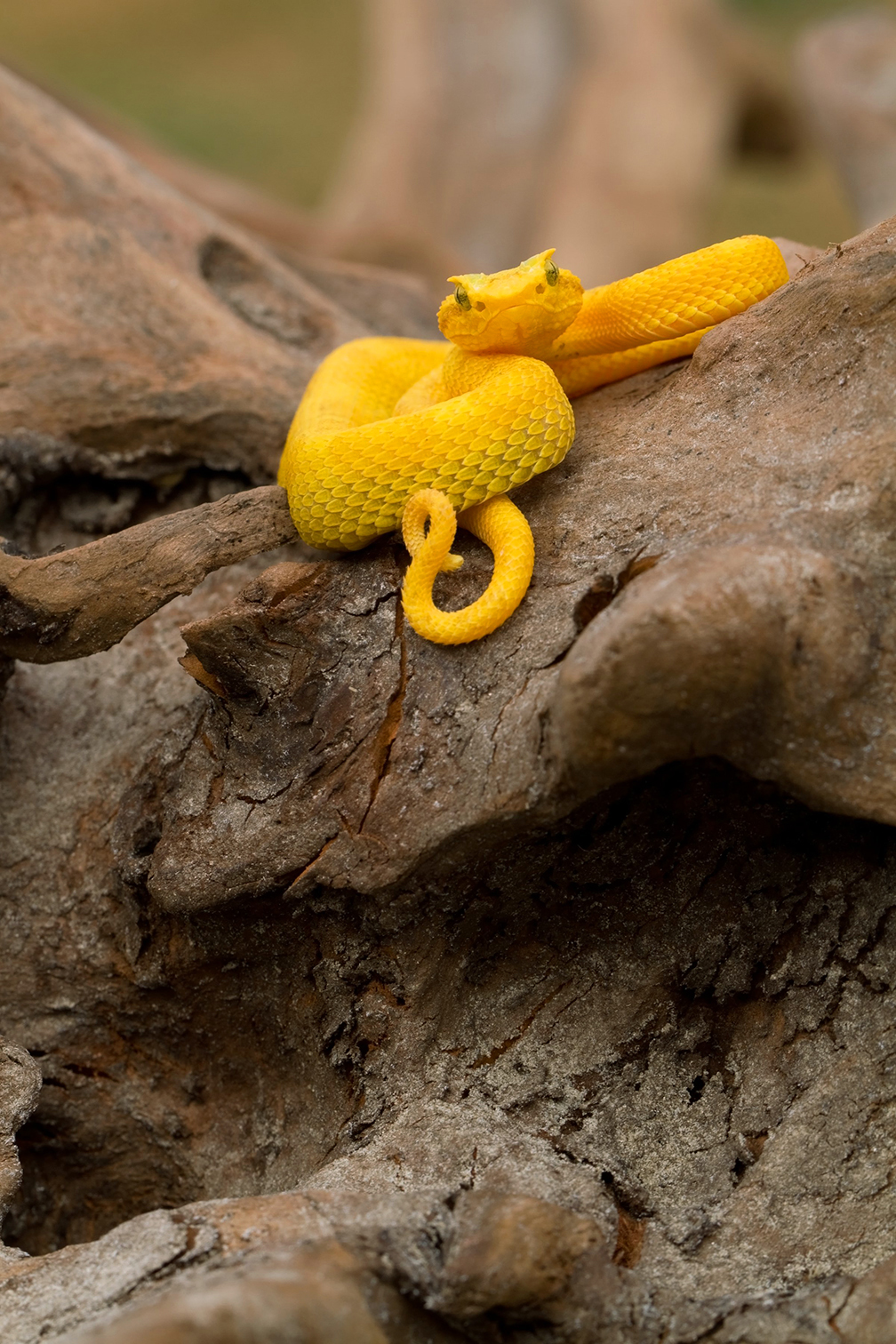
Marine Animals
Olive Ridley Turtle
The smallest of Costa Rica’s sea turtles, the olive ridley is easy to love – it has a heart-shaped shell. Between September and October they arrive to nest at Ostional beach in Guanacaste province and near Ojochal on the Pacific coast.

Leatherback Turtle
The gigantic 360kg leatherback sea turtle is much, much bigger than the olive ridley, and is distinguished by its soft, leathery carapace, which has seven ridges. It nests on the Pacific beaches of the Osa and Nicoya peninsulas.
Whale
Migrating whales, which arrive from both the northern and southern hemispheres, include orca, blue and sperm whales and several species of relatively unknown beaked whale. Humpback whales are commonly spotted along the Pacific coast and off the Península de Osa.
Bottlenose Dolphin
These charismatic, intelligent cetaceans are commonly sighted, year-round residents of Costa Rica. Keep a lookout for them on the boat ride to Bahía Drake.
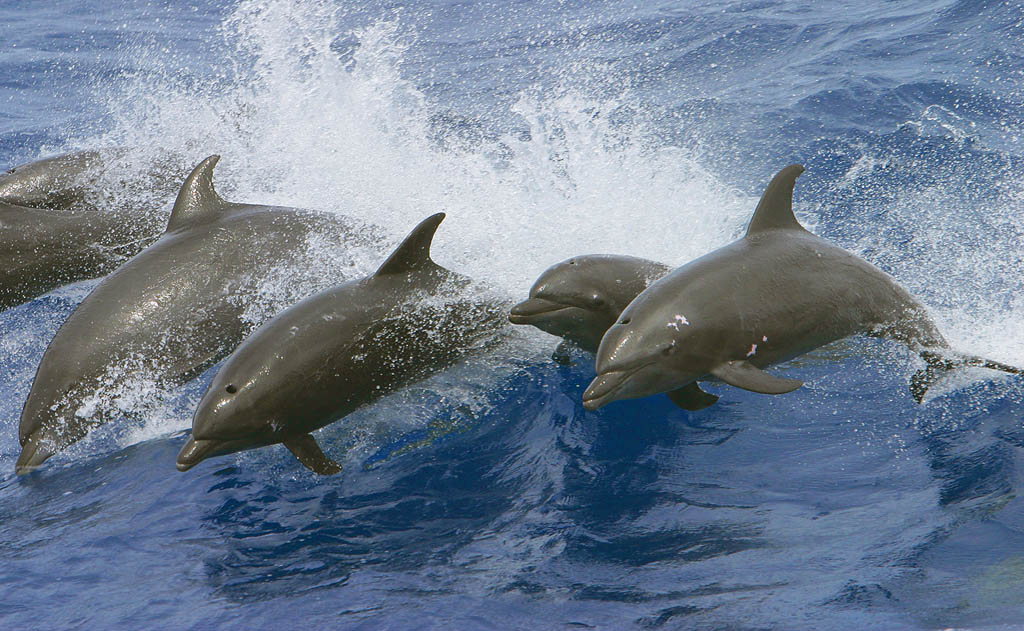
Whale Shark
Divers may encounter this gentle giant in the waters off Reserva Biológica Isla del Caño, the Golfo Dulce or Isla del Coco. The world’s biggest fish, whale sharks can reach 6m long and more than 2000kg in weight.

Manta Ray
With wings that can reach 7m, the elegant manta ray is common in warm Pacific waters, especially off the coast of Guanacaste and around the Bat and Catalina islands.
Hammerhead Shark
The intimidating hammerhead has a unique cephalofoil that enables it to maneuver with incredible speed and precision. Divers can see enormous schools of hammerheads around the remote Isla del Coco.
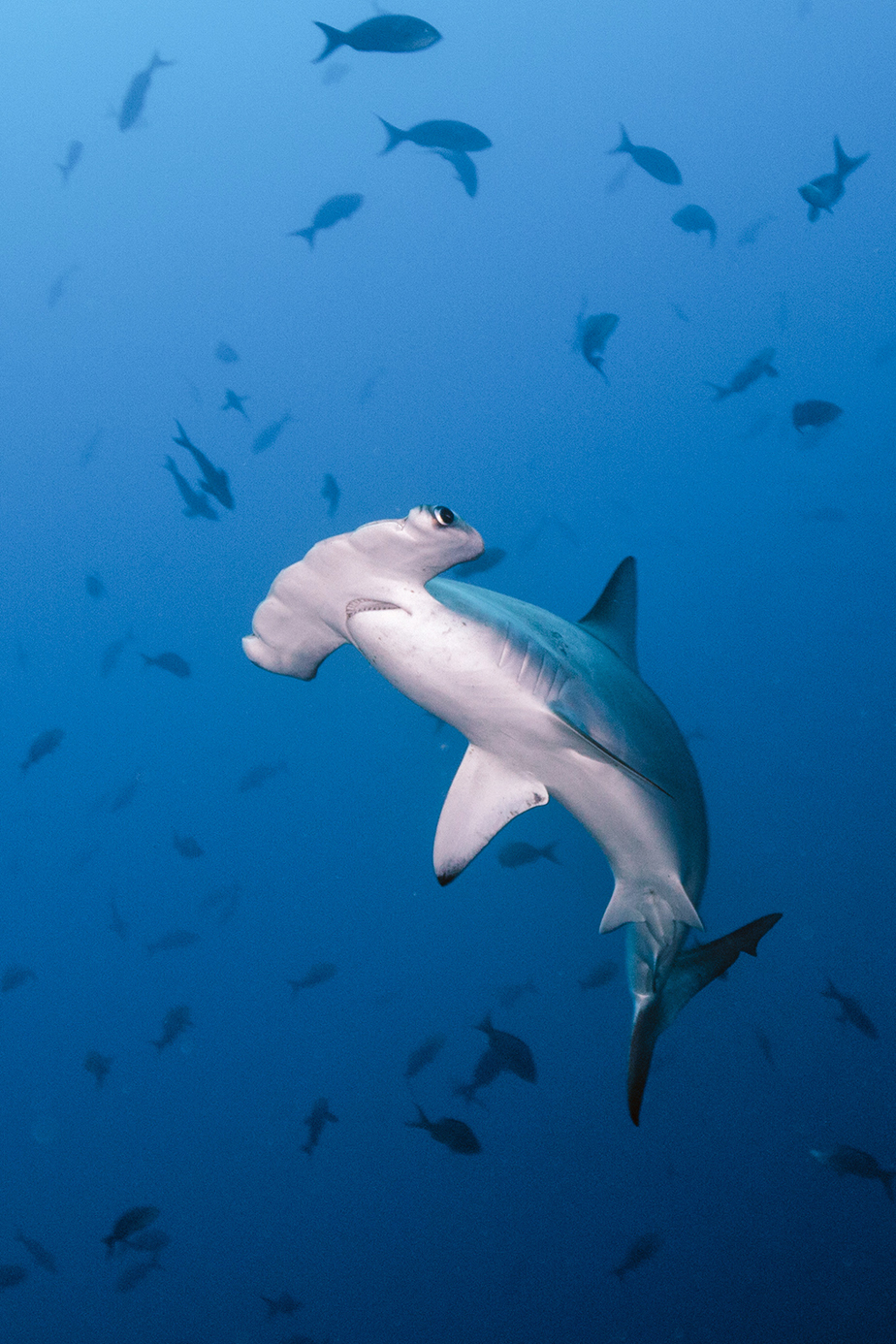
Land Mammals
Sloth
Costa Rica is home to the brown-throated, three-toed sloth and Hoffman’s two-toed sloth (nocturnal). Both species tend to hang seemingly motionless from branches, their coats growing moss. Look for them in Parque Nacional Manuel Antonio.
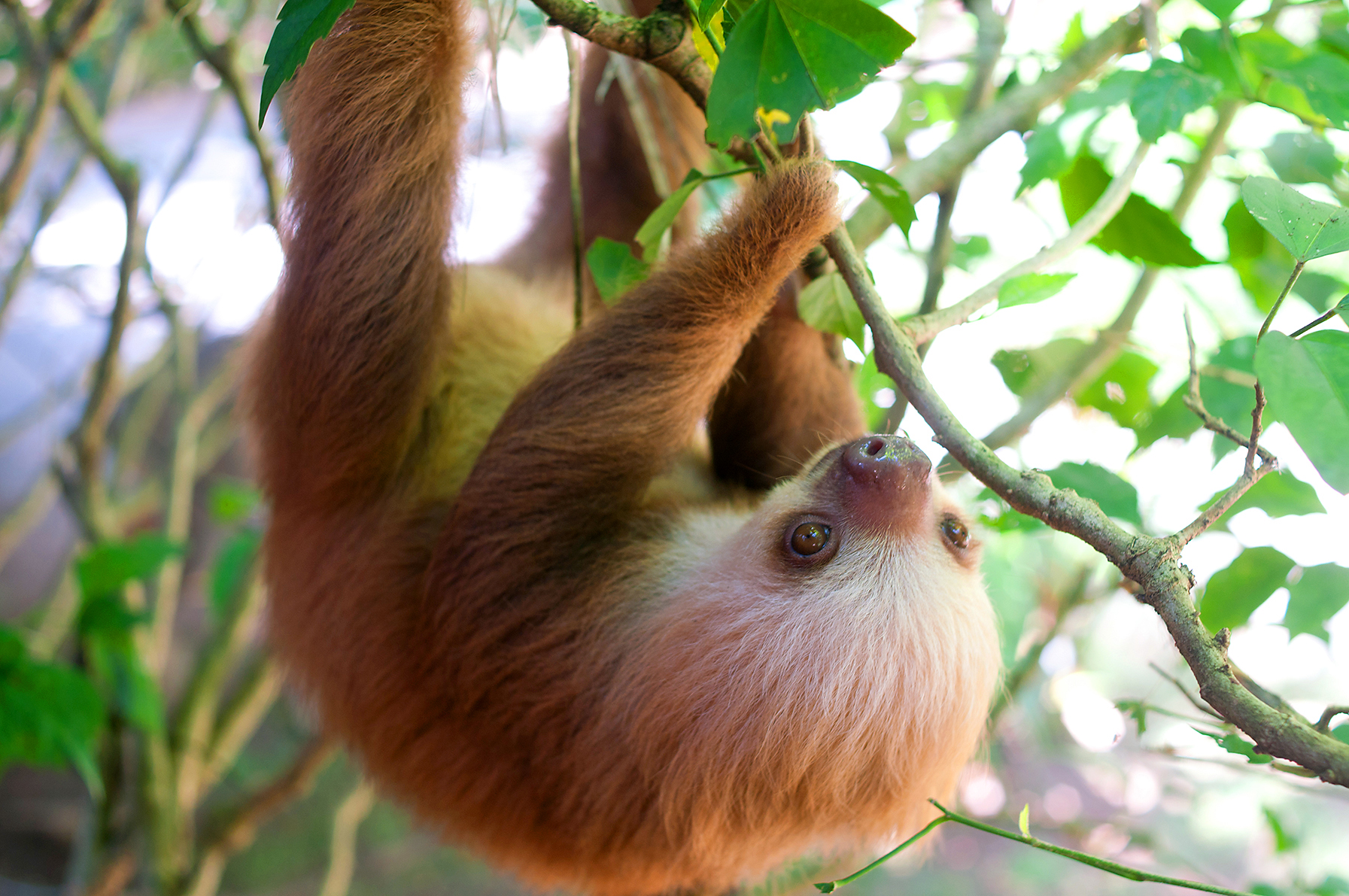
Howler Monkey
The loud vocalizations of a male mantled howler monkey can carry for more than 1km even in dense rainforest, and they echo through many of the country’s national parks.
White-faced Capuchin
The small and inquisitive white-faced capuchin has a prehensile tail that is typically carried with the tip coiled – one is likely to steal your lunch near Volcán Arenal or Parque Nacional Manuel Antonio.
Squirrel Monkey
The adorable, diminutive squirrel monkey travels in small- to medium-sized groups during the day, in search of insects and fruit. They live only along the Pacific coast and are common in Parque Nacional Manuel Antonio and on the Península de Nicoya.

Jaguar
The king of Costa Rica’s big cats, the jaguar is extremely rare, shy and well camouflaged, so the chance of seeing one is virtually nil (but the likeliest place is Parque Nacional Corcovado).
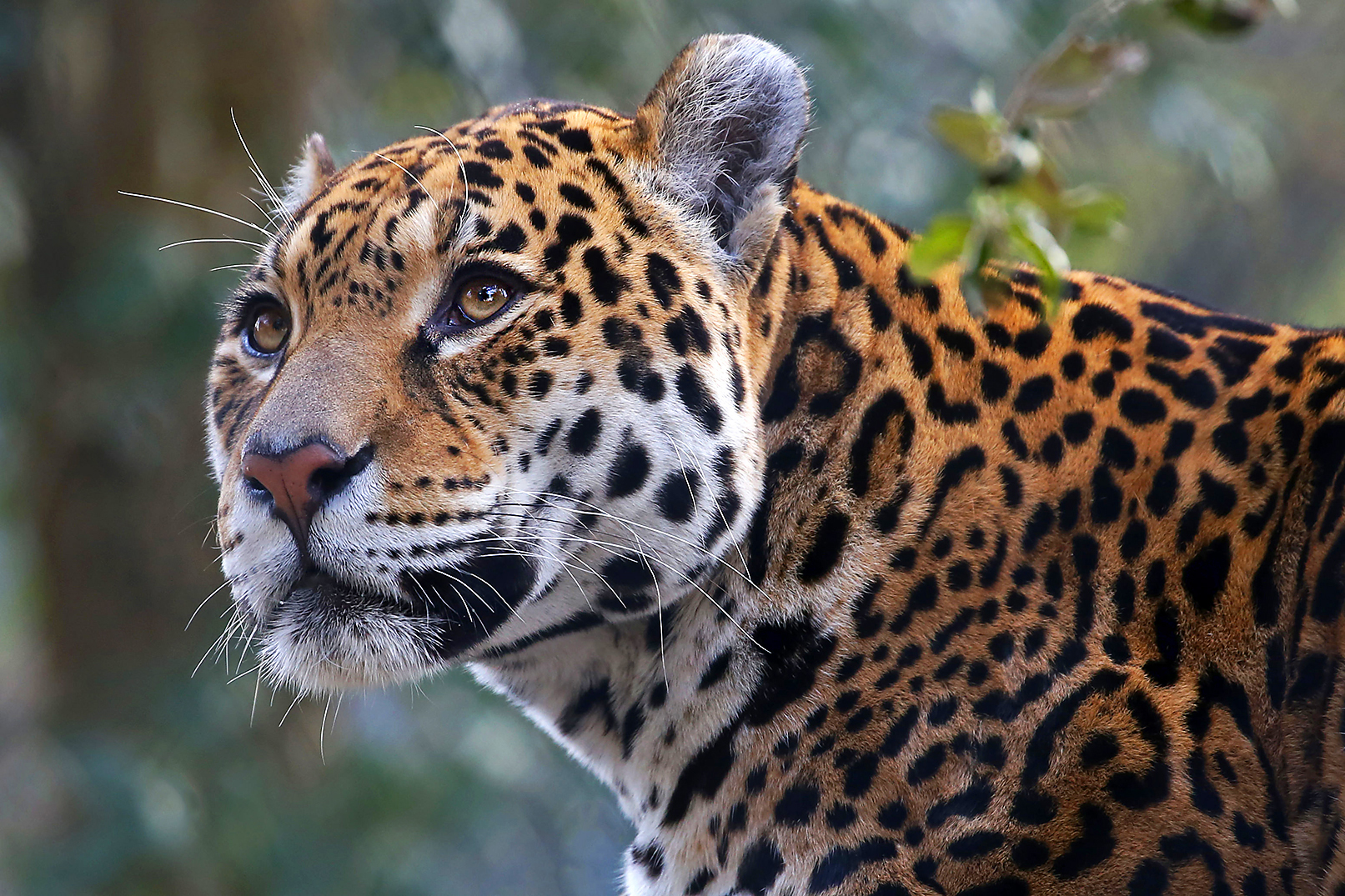
White-nosed Coati
A frequently seen member of the raccoon family, with a longer, slimmer and lighter body than your average raccoon. It has a distinctive pointy, whitish snout and a perky striped tail.

Baird’s Tapir
A large browsing mammal related to the rhinoceros, the tapir has a characteristic prehensile snout and lives deep in forests ranging from the Península de Osa to Parque Nacional Santa Rosa.
Insects & Arachnids
Blue Morpho Butterfly
The blue morpho butterfly flutters along tropical rivers and through openings in the forests. When it lands, the electric-blue upper wings close, and only the mottled brown underwings become visible, an instantaneous change from outrageous display to modest camouflage.

Leaf-cutter Ant
Long processions of busy leaf-cutter ants traverse the forest floors and trails of Costa Rica, appearing like slow-moving rivulets of green leaf fragments. Leaf-cutter ants are actually fungus farmers – in their underground colonies, the ants chew the harvested leaves into a pulp to precipitate the growth of fungus, which feeds the colonies. Don’t confuse them with the predatory army ants!
Tarantula
Easily identified by its enormous size and hairy appendages, the Costa Rican red tarantula is an intimidating arachnid that can take down a mouse, but although its bite may cause as much pain as a bee sting, its venom is harmless to humans. They are most active at night while foraging and seeking mates.
Hercules Beetle
Turn on your flashlight while visiting one of Costa Rica’s old-growth forests and you might draw out the Hercules beetle, one of the largest bugs in the world, a terrifying-looking but utterly harmless scarab beetle that can be as big as a cake plate. Fun fact: it can carry over 100 times its own body weight.